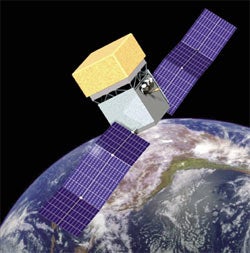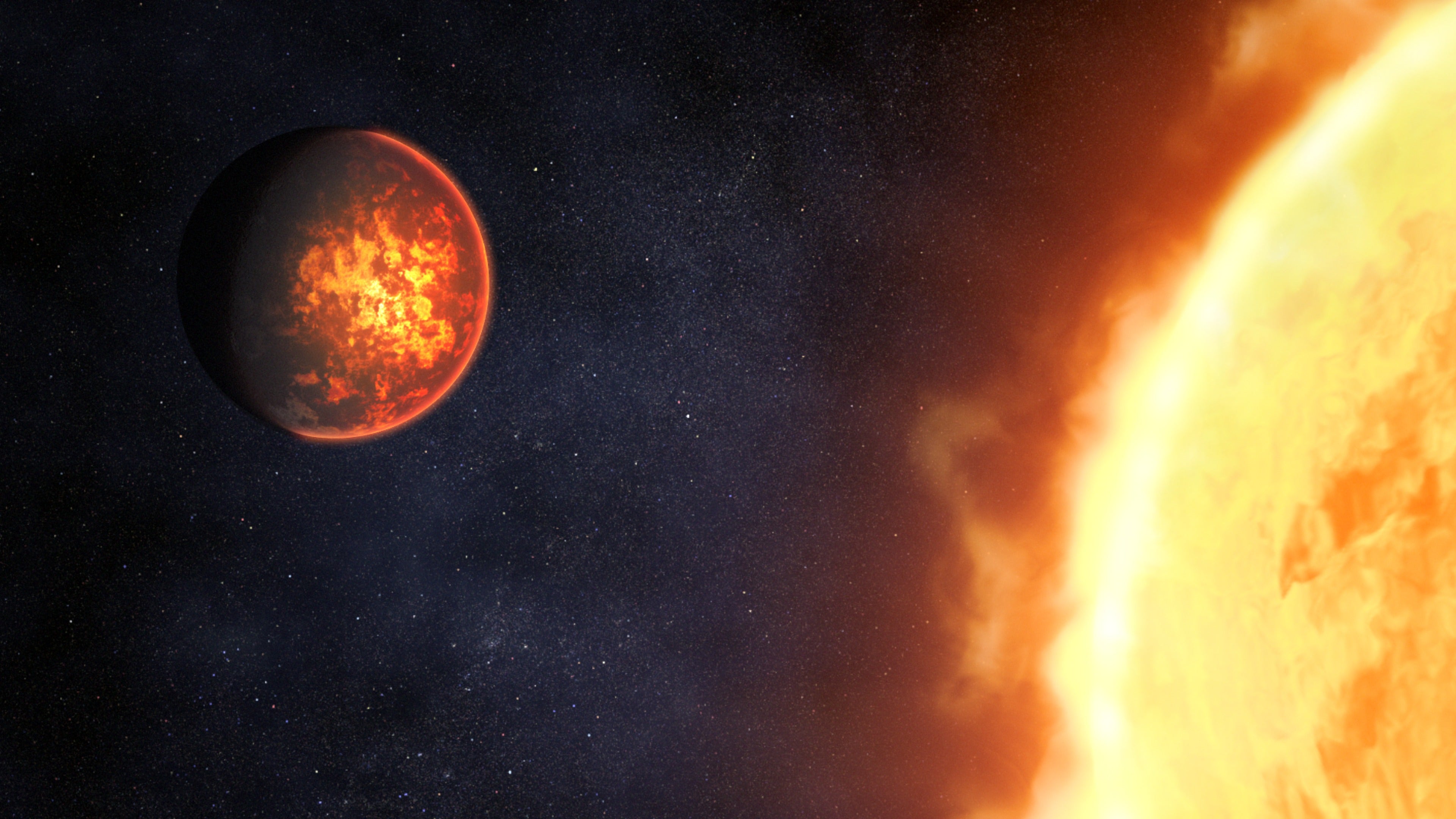Scientists have finished assembling the chief component of the Gamma-ray Large Area Space Telescope (GLAST), a space-based observatory that will study subatomic particles at energies far greater than those seen in ground-based particle accelerators. This instrument, the Large Area Telescope, is now at the U.S. Naval Research Laboratory in Washington for environmental testing. GLAST is scheduled to launch from Kennedy Space Center in the fall of 2007.
With sensitivity 30 times greater than previous gamma-ray detectors, the Large Area Telescope will focus on powerful particle jets originating from black holes. Researchers believe that GLAST could possibly target collisions of dark matter particles.
“With GLAST, physicists will gain valuable information about the evolution of the universe, and physicists will search for signals that may even force revision of some of the basic laws of physics,” says Peter Michelson, the observatory’s principal investigator. “The completion of the Large Area Telescope assembly and its shipment from the accelerator center are major milestones in its development.”
“The relative range of light energies that the instrument can detect is thousands of times wider than that of an optical telescope, which captures only a thin slice of the electromagnetic spectrum,” explains project scientist Steven Ritz. “The observatory provides a huge leap in capabilities in this important energy band, and it opens a wide window for exploration and discovery.”










